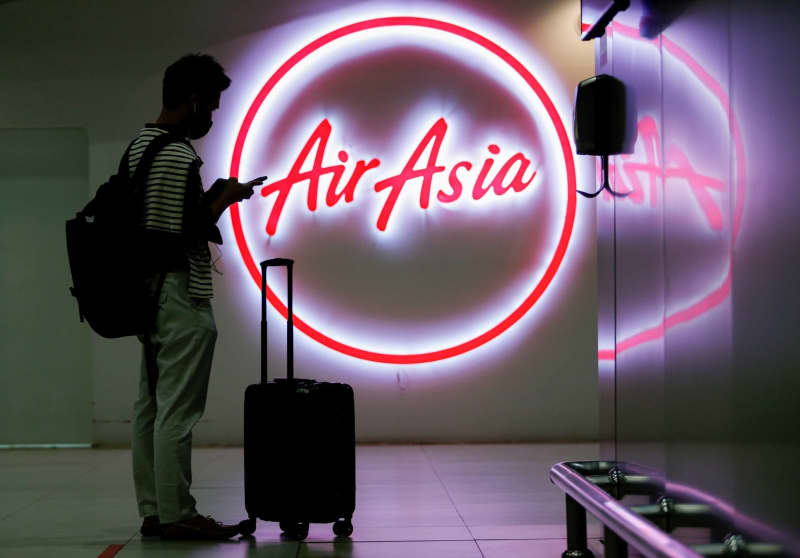Southeast Asia’s largest budget airline group, AirAsia, will fly longer distances with a route from Kuala Lumpur across the Indian Ocean to Nairobi.
Ahead of the maiden flight on November 15, AirAsia said the route, which will be operated by medium-haul carrier AirAsia X, would help boost tourism growth for both regions.
Malaysia has long been a popular destination for tourists, with more than 20 million foreign visitors a year in the decade before the Covid pandemic and lockdowns.
Kuala Lumpur International Airport was recently named the world’s second most connected airport by OAG Aviation, a ranking based largely on AirAsia’s short-haul and low-cost network of destinations in Southeast Asia and AirAsia Sydney and Tokyo.
For decades, Nairobi has functioned as a de facto regional business center for East Africa and a gateway for safari holidays, including for Chinese and Indian visitors, whose numbers have soared in recent years.
Southeast Asia appears to be the next target market. In a joint statement, AirAsia and the Kenya Tourism Board said Nairobi is “positioned as a key hub” in East Africa, with plans to attract up to 14 million tourists a year.
According to World Bank data, Malaysia’s gross domestic product per capita was more than $11,600 in 2023, putting it above some European countries.
Kenya’s was much lower, around $2,000, although there are pockets of middle-class and wealthy people around Nairobi – just as regions around Kuala Lumpur report average incomes closer to $30,000 per year – meaning there are plenty of people in both countries with deep pockets should be able to pay for holiday flights across the Indian Ocean.
The first one-way economy seats on the Kuala Lumpur-Nairobi route, which will be offered four times a week, will cost 799 Malaysian ringgit, equivalent to about $185.
The route is the latest to be added to a growing network of connections between countries and regions in Asia and Africa, a trend that could be accelerated by political and economic tensions elsewhere as fuel costs rise, with Europe at risk of losing out.
“When I talk to some Asian airlines now, they say flight times to Europe are becoming too long,” said Petri Vuori, senior vice president for route development at Finavia, which maintains Finland’s aviation system.
Speaking at the October 6-8 Routes World industry conference in Bahrain, Vuori cited wars in Europe and the Middle East that are making it more difficult and expensive for airlines to fly certain routes.
Russia’s invasion of Ukraine has forced flights to avoid Russian airspace when entering and leaving Finland, a costly and time-consuming diversion, while dozens of airlines elsewhere have had to take longer routes to and from the eastern Mediterranean at times since last year as Tensions in the Middle East were running high.

